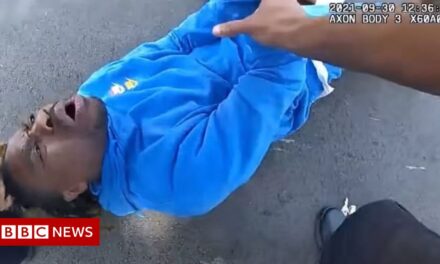
What Is Home? – The New York Times
Want to get the At Home newsletter in your inbox? Sign up here.
Welcome. The British phrase “as safe as houses,” which describes something that is totally secure, protected from harm, has been pinballing around my brain lately. Exposure to coronavirus is still, a year on, a pressing concern. When we plan an outing, when we consider a gathering with friends, our first question — before “Will it be enjoyable?” — is, “Will it be safe?” But the place where we’re safest from the virus, generally, is in our houses.
What’s happening there, here? All year, we’ve been getting reacquainted with our dwellings and their functions. Home has not just been refuge; it’s been office and classroom, exercise studio and movie theater. And the furniture: Kitchen table became school desk; the sofa a therapist’s couch; the bed, perhaps, a sick bed. In the kitchen, Tejal Rao buries her nose in jars of cardamom pods, trying to regain her sense of smell.
Home: a metaphor for ease and comfort. When we feel at home in the world, we wear existence like a comfortable sweater; we belong. The pandemic has made even more evident how safety and comfort are unevenly distributed, and don’t always go together. Many are struggling to keep their homes. Some have moved back in with their parents, prioritizing safety over comfort.
When we were young, many of us played house. We may have pretended to cook and clean and make the bed, imagining home as a place of order, of roles and routines. We might have drawn houses: a square, a triangle, another square for a window, rectangular door — maybe a chimney spewing smoke, telegraphing a cozy hearth inside. These are a child’s uncomplicated visions of home, but do we ever really let them go?
Spending so much time in my home lately, I observe myself trying to perfect a sort of mixed-use utopia: Here is where I work, my desk at just the proper height, right beside the spot where I read and watch TV. Over here is the window through which I see the light change at magic hour, the sky bruising from purple to blue and black. Indoor life organized for optimum living while outside remains as unruly as ever.
A reader recommends.
Tom Abrams in New Jersey has an idea for parents in search of low-key entertainment for curious kids (or your curious self):
Go to Wikipedia and type in a noun. Read at least the summary portion about that subject then click on a hyperlink of interest, read a bit then jump to the next subject and so forth. If you’re with a child, let them pick, say, one of three hyperlinks the parent offers. Have the child count successive subjects on their fingers and stop at 10 — no more, no less. Works in the car on road trips if there’s a passenger who can read the entries. Fun to see where you start and where you end up!
P.S.
Here’s Tindersticks from 2012: “If You’re Looking for a Way Out.”
If you’ve gone deep on true-crime documentaries during quarantine, SNL has your number.
And McSweeney’s has mine: “I’m a Short Afternoon Walk and You’re Putting Way Too Much Pressure on Me.”
Tell us.
The coronavirus pandemic is approaching its first anniversary, and many people have spent much of the past year within the four walls of their own homes. We want to know how this past year has changed your relationship to your home, or to the very idea of home. Does it feel like a place of refuge? Or like a trap you’ll never escape? What will you remember of this year at home? Tell us here.
And, of course, write us and let us know how you’re spending your time, what’s on your mind, what you could use a hand figuring out as we enter a second spring in quarantine: [email protected]. We’re At Home. We’ll read every letter sent. More ideas for leading a full life at home appear below.
Like what you see?
Sign up to receive the At Home newsletter. You can always find much more to read, watch and do every day on At Home. And let us know what you think.
















